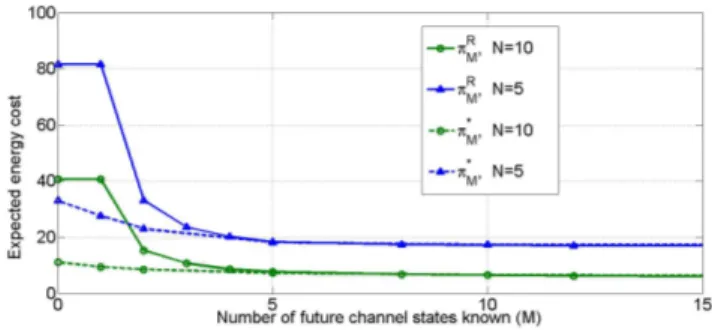Energy efficient time-triggered control over wireless sensor/actuator networks
Texte intégral
Figure


Documents relatifs
For all these reasons, we propose a new Sustainable Traffic Aware Duty cycle Adap- tation algorithm (STADA) that fits the constraints of multi-hop energy harvesting wireless
In order to evaluate the benefits of the semi-reliable image transmission approach, we developed the energy consump- tion models for both open-loop and closed-loop schemes..
The self-adaptive image transmission scheme is based on discrete wavelet transform (DWT) and semi-reliable transmission to achieve energy conservation.. DWT allows for
We record the mean power consumed in channel sampling and synchronization maintenance in a network of an increasing size (cf. As expected, SCP consumes the low- est power, because
1) Sampling based techniques: By reducing the data sam- pled by sensor nodes, we decrease not only the radio subsys- tem energy consumption but also the communication cost. A lot
In this subsection, we present our results for communication cost of Optimized Beacon Proto- col and compare them with the Beacon Based Localization Protocol and Continuous
Le fait d’assimiler d’une manière générale l’orientation sexuelle aux éléments constitutifs d’une discrimination (directe) à raison du sexe sans que les représentants